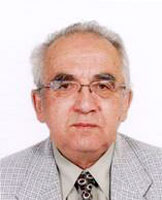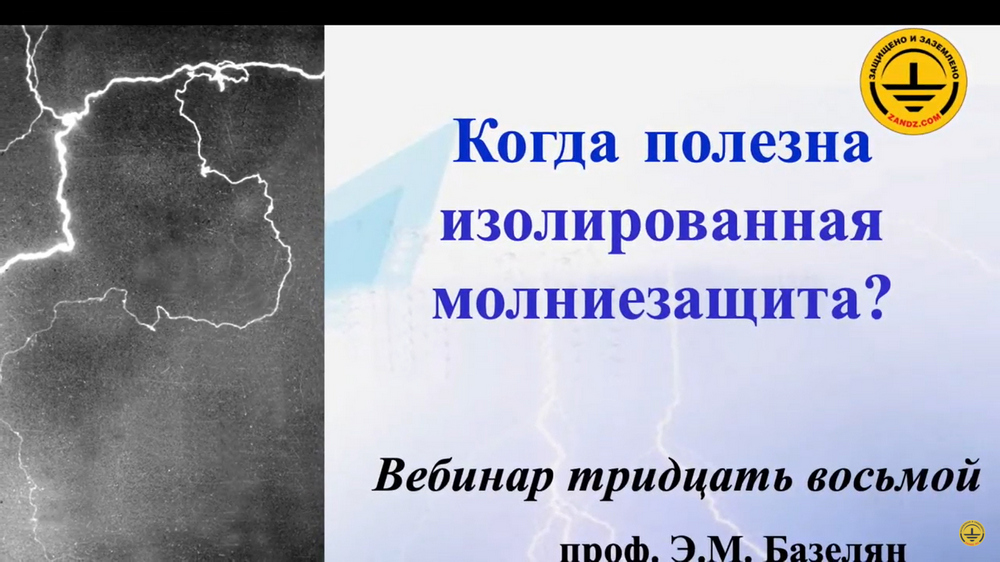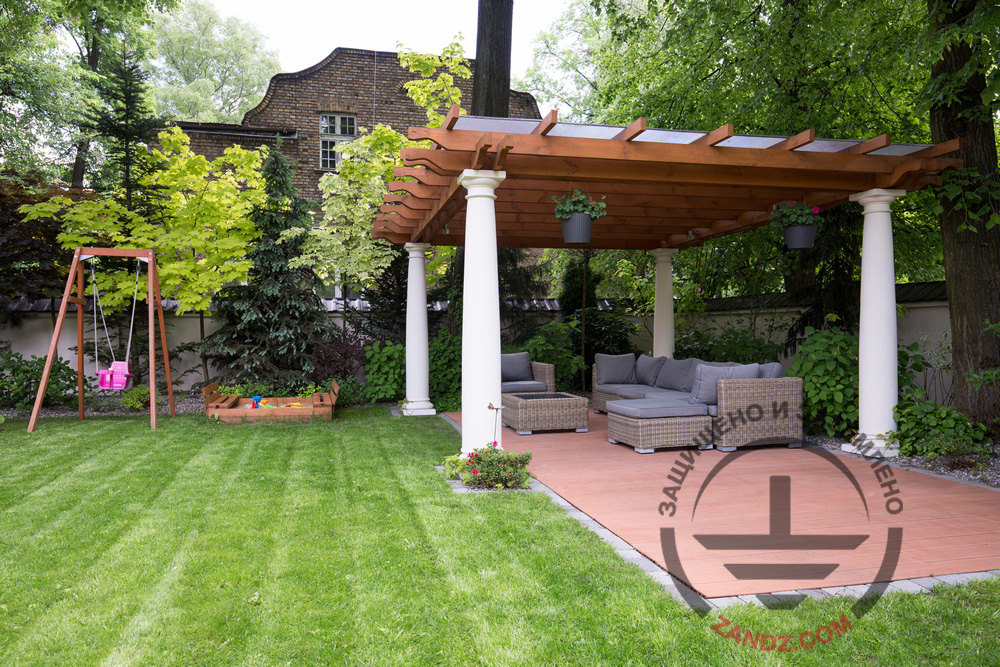14.07.14 , , , , ,
On 30 July 2014, Prof. E. M. Bazelyan, credentialed national expert in grounding and lightning protection, will deliver the second webinar in the Grounding and Lightning Protection: Issues and Concerns Arising in the Design (webinar series). This time, we will focus on grounding and lightning protection in the private sector. The theme of the second webinar is not accidental because all of the most common problems will emerge most clearly here!

E. M. Bazelyan, D. Eng. Sc., Professor; G. M. Krzyzanowski Power Engineering Institute, Moscow; credentialed Russian expert in grounding and lightning protection.
We will start with lightning hazard assessment for individual buildings, and then specify the method for calculating the expected number of lightning strikes into a facility. This is easy to do when the building has a simple configuration. But if the height of its individual parts is varied, there is a number of other facilities of comparable height or the surrounding terrain is complex, then computational difficulties may arise.
After that, we will talk about the electromagnetic effect of lightning strike on electrical circuits in the building. They are more frequent than a direct lightning strike, while their consequences are often fatal. That's why the presentation will be held in a reverse order, starting with the details about internal lightning protection.
When reviewing the external lightning protection, we will focus on protecting the roof of a building against direct lightning strikes. The modern approach to this issue will be discussed on the example of widely used roofing materials having a low metal thickness, which can be definitely burned through by a lightning strike. Special attention will be paid to low-height lightning rods, as well as to meshes.
Lightning current can be easily drained, building walls are made of non-flammable materials. But in the case, if the finishing materials are flammable, then the task becomes more complicated and requires a special analysis. Even a more noteworthy problem is to arrange for safe down conductors in places where people can touch their surfaces.
Finally, we will discuss the grounding of residential buildings. Here, we'll talk about use of reinforced concrete foundations and arrangement of additional ground loops in low conductivity soils.
A series of webinars on grounding and lightning protection for designers
Related Articles:




